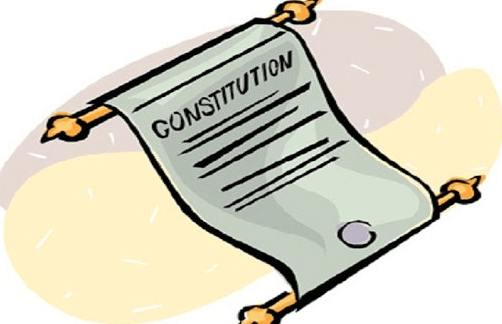The “Easy:1atw6_Trl-G= Constitution Drawing” activity presents a unique intersection of art and civics, inviting participants to visually interpret the foundational elements of governance. By leveraging diverse materials, individuals can articulate their comprehension of constitutional principles, fostering not only artistic expression but also critical engagement with democratic values. As we explore the methodology and potential outcomes of this initiative, one must consider how such creative endeavors can reshape our understanding of rights and responsibilities within a community context. What insights might emerge from this blend of creativity and civic education?
The Concept of Constitution Drawing
The concept of constitution drawing entails the systematic process of creating a foundational legal document that outlines the principles and structures of governance within a state.
This undertaking carries historical significance, reflecting the evolution of societal values and aspirations for freedom.
Moreover, it serves as an artistic expression of collective identity, encapsulating the ethos of a nation while guiding its future trajectory through law and governance.
Materials Needed for the Activity
To successfully engage in the activity of constitution drawing, a variety of materials are essential for facilitating both the creative and analytical processes involved.
Key drawing supplies include quality paper, pencils, erasers, and rulers. Additionally, creative tools such as colored markers, fine liners, and digital drawing applications can enhance visual expression.
Together, these materials empower individuals to explore and articulate their conceptual ideas effectively.
Read Also Easy:0qqr_Zjq2_O= Stitch Drawing
Step-by-Step Drawing Process
Beginning with a clear conceptual framework is crucial in the step-by-step drawing process for creating a constitution.
Employing effective drawing techniques alongside established design principles ensures a coherent representation of fundamental rights and governance structures.
Each phase must be meticulously executed, allowing for critical reflection on the symbolic elements encapsulated within the drawing, ultimately fostering a deeper understanding of individual freedoms and democratic ideals.
Benefits of Creative Learning
Embracing creative learning fosters an environment where critical thinking and innovation can flourish. This approach significantly enhances cognitive development, providing an imagination boost that encourages problem solving and artistic expression.
Moreover, it promotes collaborative skills and engagement enhancement, vital for effective teamwork. Ultimately, creative learning cultivates confidence building, equipping individuals with the tools necessary to navigate complex challenges and think critically in diverse contexts.
Conclusion
The “Easy:1atw6_Trl-G= Constitution Drawing” activity serves as a vital tool for understanding the significance of foundational legal documents. By engaging in the creative process, participants not only enhance their artistic abilities but also cultivate critical thinking skills and foster a sense of community identity. Can the act of illustrating democratic ideals lead to a deeper appreciation of governance among individuals? Thus, this activity emerges as a powerful medium for promoting civic engagement and empowerment.



